Business Analysis foundations
Length:
In-person classes – 3 days
Overview:
Whether you are new to business analysis, or are experienced and want a more formal approach, it’s essential to know and practice the “fundamentals.” This course trains participants to help business clients articulate their needs and wants, and to document them clearly, concisely, and completely. By grasping this core Business Analyst (BA) skill, BAs can contribute significantly to successful projects and the products they create.
Through a realistic case study and interviews, participants discover and then practice writing “good” requirements. The course also explores and lets attendees practice a simple process for validating and verifying requirements to ensure they are well-documented. Also, attendees learn the importance of traceability and how to construct a traceability matrix.
For analyzing requirements, this course introduces people to the concept of “concurrent modeling,” using four standard types of models that provide the most benefits. A key skill taught is how to best read models concurrently for a complete requirements “package.” After models are presented, class participants find inconsistencies, interview the sponsor, and document and trace new requirements that are discovered. These models are: Business Process, Use Case, Data, and Interface Modeling. Specifics of how to construct each type of model are contained in separate courses.
The course concludes with considerations and techniques for creating a “requirements package” for maximum communication value, reviewing and managing requirements. Plus, attendees also learn a repeatable process for verifying that requirements are included in the final solution.
Pre-requisites: Participants should have worked at least one project
Skill Level: Basic
Audience:
People that have project experience working with a variety of roles (BA, QA, PM, sponsors) but have not had formal BA training. New business analysts (transferred from the business, or from a different IT job) and have had some formal BA training will also benefit. Experienced BAs and project managers who want a more formal and industry-standard business analysis approach will gain new skills and methods from this course.
Format:
To help assimilate the tools and techniques learned, there is a mixture of individual and team exercises throughout the course. A lively role play and case study help reinforce concepts learned. Students will need to be prepared for a high level of participation. Each participant will receive a comprehensive student guide complete with examples and workshop solutions.
Content:
Welcome
Requirements Foundations
Business Analysis Overview
Business Analysis defined
BA competencies
Exercise: Key activities and artifacts of a BA
BA Body of Knowledge model
Simplified requirements process model
Exercise: Art versus science
Requirements Defined
Requirements defined
Requirements classifications
Business
Stakeholder
Functional
Non-Functional
Transition
Analysis vs. design
Exercise: Practice distinguishing different types of requirements
Business Rules
Business rules defined
Business rule checklist
Business rule categories
Structural assertions
Derivations
Constraints
Requirement vs business rule
Exercise: Identify business rules in your organization
COTS Considerations
Requirements approaches
Waterfall (plan-driven)
Agile (change-driven)
Define the Business Need
Understanding the business need
Defining business requirements
Business requirements
Business goals vs objectives
Writing good business goals
Writing SMARTER business objectives
Identify problem or opportunity
Example business problem & opportunity statement
Business requirements questions
Case Study Workshop: Elicit and identify business requirements
Plan for Requirements
BA planning activities
Understanding project context
Context for requirements
Important of understanding project context
Understand project background
Questions to ask
Where to start
Anatomy of project objectives, actions and deliverables
Case Study Workshop: Identify and understand project context
Define solution scope
Defining solution scope
Process scope diagram
Context diagram
Use case diagram
Case Study Workshop: Create a scope diagram for the solution
Identifying stakeholders
Roles and responsibilities
Stakeholder onion
Techniques to identify stakeholders
Selecting stakeholder representatives
Case Study Workshop: Identify key stakeholders
Communicating with Stakeholders
Communication considerations
What to communicate
Communication tips
Exercise: Insights color energy communication
Eliciting requirements
Elicitation defined
Common elicitation challenges
Prepare for elicitation
Elicitation prep checklist
Elicitation techniques
Exercise: When to use or not use each technique
Prepare questions
Case Study Workshop: Prepare for eliciting requirements and business rules
Conduct elicitation and document results
Conduct
Document results
Confirm elicitation results
Case Study Workshop: Conduct requirements interviews and document results
Document and Analyze Requirements
Requirements analysis tasks
Documenting requirements
Quality characteristics of “good” requirements
Exercise: Analyzing requirements
Requirement formats (templates for writing each category of requirement):
Stakeholder
Functional
Non-functional
Business rules
Writing guidelines
Case Study Workshop: Writing “good” requirements & business rules
Define assumptions & constraints
Case Study Workshop: Identify assumptions & constraints
Organize & trace requirements
Traceability
Benefits
Traceability alignment
Organization components
Types of relationships
Traceability / organization matrix
Case Study Workshop: Create traceability matrix
Prioritizing requirements
Benefits of prioritization
Prioritization challenges
Basis for prioritization & techniques
Case Study Workshop: Prioritize requirements
Validate & verify requirements
Validation vs verification
Validation checklist
Verification checklist
Tools
Case Study Workshop: Validate and verify requirements
Model Requirements
What is a model?
Benefits of modeling
Modeling guidelines
Current solution modeling
Business Process Models
Case Study Workshop: Eliciting, documenting, and tracing new requirements
Data Models
Case Study Workshop: Eliciting, documenting, and tracing new requirements
Use Case Models
Case Study Workshop: Eliciting, documenting, and tracing new requirements
Interface Models/Prototypes
Case Study Workshop: Eliciting, documenting, and tracing new requirements
Manage & Communicate Requirements
Requirements management & communication tasks
Creating a requirements package
Package process
Considerations for packaging
Communication channels
Common package components
Case Study Workshop: Requirements Package outline
Requirements reviews
Why conduct reviews
Effective review planning
Requirements reviews
Review approaches
Effective requirement review tips
Case Study Workshop: Conduct a requirements review session
Managing requirements
Manage requirements documentation and approvals
Maintain requirements for reuse
Manage change requests
Case Study Workshop: Manage a new change request
APPENDIX
Appendix A; Sample Exercise Answers
Appendix B: Elicitation Prep List & Technique Comparison
Appendix C: Sample Data, Process and Use Case Questions
Appendix D: Sample Requirements Package
HANDOUTS
Non-functional Requirements Checklist
Case Study Mini Charter & Scope Statement
101 Eliciting Requirements Questions
Case Study Workshop Models
Solution Requirements Modeling Diagram
This outline is subject to change.
